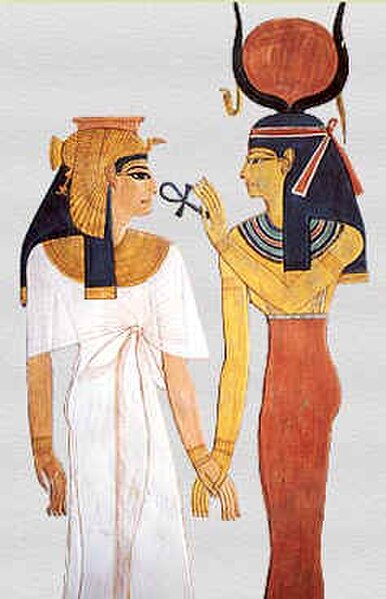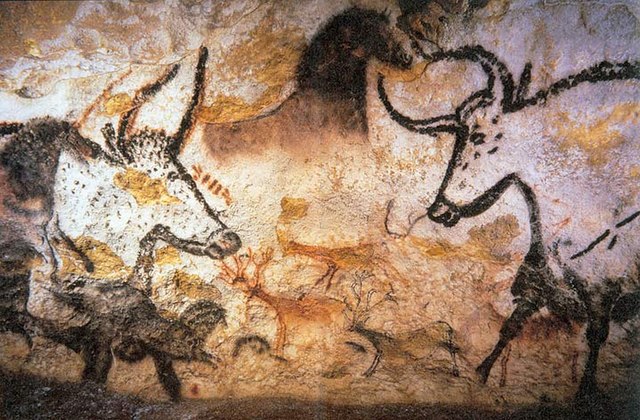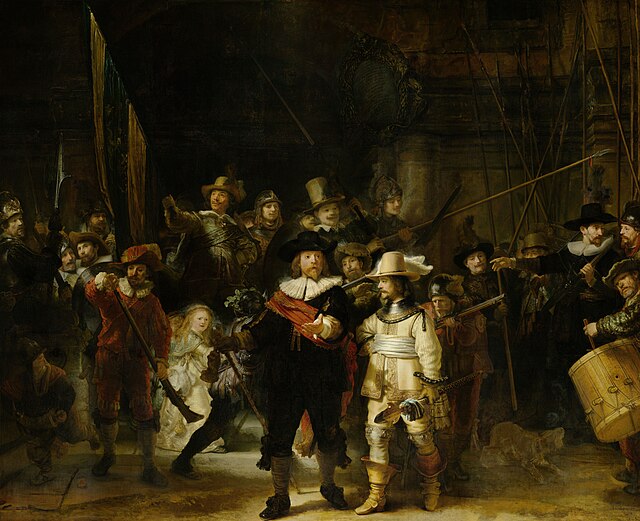The art of Europe, also known as Western art, encompasses the history of visual art in Europe. European prehistoric art started as mobile Upper Paleolithic rock and cave painting and petroglyph art and was characteristic of the period between the Paleolithic and the Iron Age. Written histories of European art often begin with the Aegean civilizations, dating from the 3rd millennium BC. However a consistent pattern of artistic development within Europe becomes clear only with Ancient Greek art, which was adopted and transformed by Rome and carried; with the Roman Empire, across much of Europe, North Africa and Western Asia.
Apelles painting Campaspe, an artwork which shows people surrounded by fine art; by Willem van Haecht; c. 1630; oil on panel; height: 104.9 cm, width: 148.7 cm; Mauritshuis (The Hague, the Netherlands)
Kosovo Maiden; by Uroš Predić; 1919; oil on canvas; 1.95 x 2.64m; National Museum of Serbia (Belgrade, Serbia)
The Art of Painting; by Johannes Vermeer; 1666–1668; oil on canvas; 1.3 x 1.1 m; Kunsthistorisches Museum (Vienna, Austria)
Venus of Willendorf; c. 26,000 BC (the Gravettian period); limestone with ocre coloring; Naturhistorisches Museum (Vienna, Austria)
The visual arts are art forms such as painting, drawing, printmaking, sculpture, ceramics, photography, video, filmmaking, comics, design, crafts, and architecture. Many artistic disciplines, such as performing arts, conceptual art, and textile arts, also involve aspects of the visual arts as well as arts of other types. Also included within the visual arts are the applied arts, such as industrial design, graphic design, fashion design, interior design, and decorative art.
The Church at Auvers, an oil painting by Vincent van Gogh (1890)
Nefertari with Isis
Lascaux painting
Rembrandt: The Night Watch, 1642








